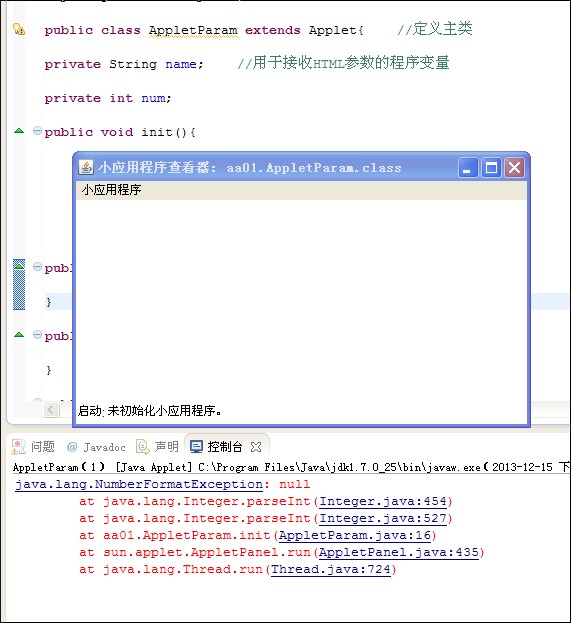LinkedHashMap源码浅析
此系列文章中,上一篇是关于HashMap的源码剖析,这篇文章将向大家剖析一下LinkedHashMap的源码!
四. LinkedHashMap
我们知道从API的描述中可以看出HashMap与LinkedHashMap最大的不同在于,后者维护者一个运行于所有条目的双向链表。有了这个双向链表,就可以在迭代的时候按照插入的顺序迭代出元素(当然也可以通过LRU算法迭代元素,下面会讲到)。
1. 类结构
Java代码
public class LinkedHashMap<K, V> extends HashMap<K, V> implements Map<K, V>
我们可以看出LinkedHashMap继承了HashMap!
2. 几个重要的成员变量
Java代码
/**
* The head of the doubly linked list.
*/
private transient Entry<K, V> header;
/**
* The iteration ordering method for this linked hash map: <tt>true</tt>
* for access-order, <tt>false</tt> for insertion-order.
*
* @serial
*/
private final boolean accessOrder;
对于父类HashMap中的成员变量这里就不讲了,可参考http://boy00fly.iteye.com/blog/1139845
其中Entry类是LinkedHashMap的内部类定义,代码片段如下:
Java代码
//继承了HashMap.Entry
private static class Entry<K, V> extends HashMap.Entry<K, V>
//新增的两个成员变量
Entry<K, V> before, after;
可以看得出来新增的这两个变量就是双向链表实现的关键!!分别指向当前Entry的前一个、后一个Entry。
header就是指向双向链表的头部!
accessOrder:true则按照LRU算法迭代整个LinkedHashMap,false则按照元素的插入顺序迭代!
3. 几个重要的构造函数
Java代码
/**
* Constructs an empty <tt>LinkedHashMap</tt> instance with the
* specified initial capacity, load factor and ordering mode.
*
* @param initialCapacity the initial capacity
* @param loadFactor the load factor
* @param accessOrder the ordering mode - <tt>true</tt> for
* access-order, <tt>false</tt> for insertion-order
* @throws IllegalArgumentException if the initial capacity is negative
* or the load factor is nonpositive
*/
public LinkedHashMap(int initialCapacity, float loadFactor, boolean accessOrder)
{
super(initialCapacity, loadFactor);
this.accessOrder = accessOrder;
}
是不是很简单,也可参考http://boy00fly.iteye.com/blog/1139845这篇文章的构造函数分析。其中accessOrder就是我们上面所讲的控制迭代顺序的开关,只有此构造函数有这个参数,其他的构造函数默认就是false。
4. 几个重要的方法
Java代码
/**
* Called by superclass constructors and pseudoconstructors (clone,
* readObject) before any entries are inserted into the map. Initializes
* the chain.
*/
void init()
{
header = new Entry<K,
补充:软件开发 , Java ,




